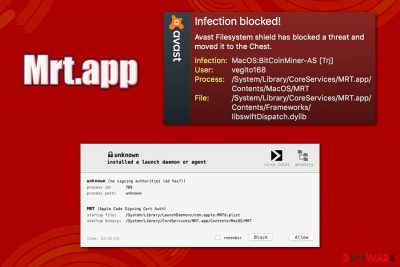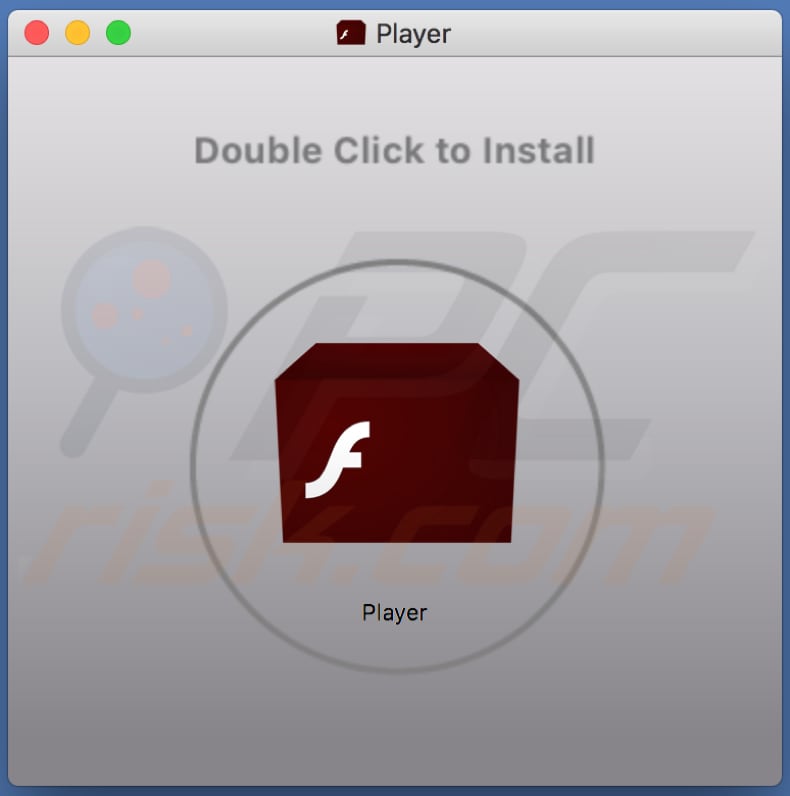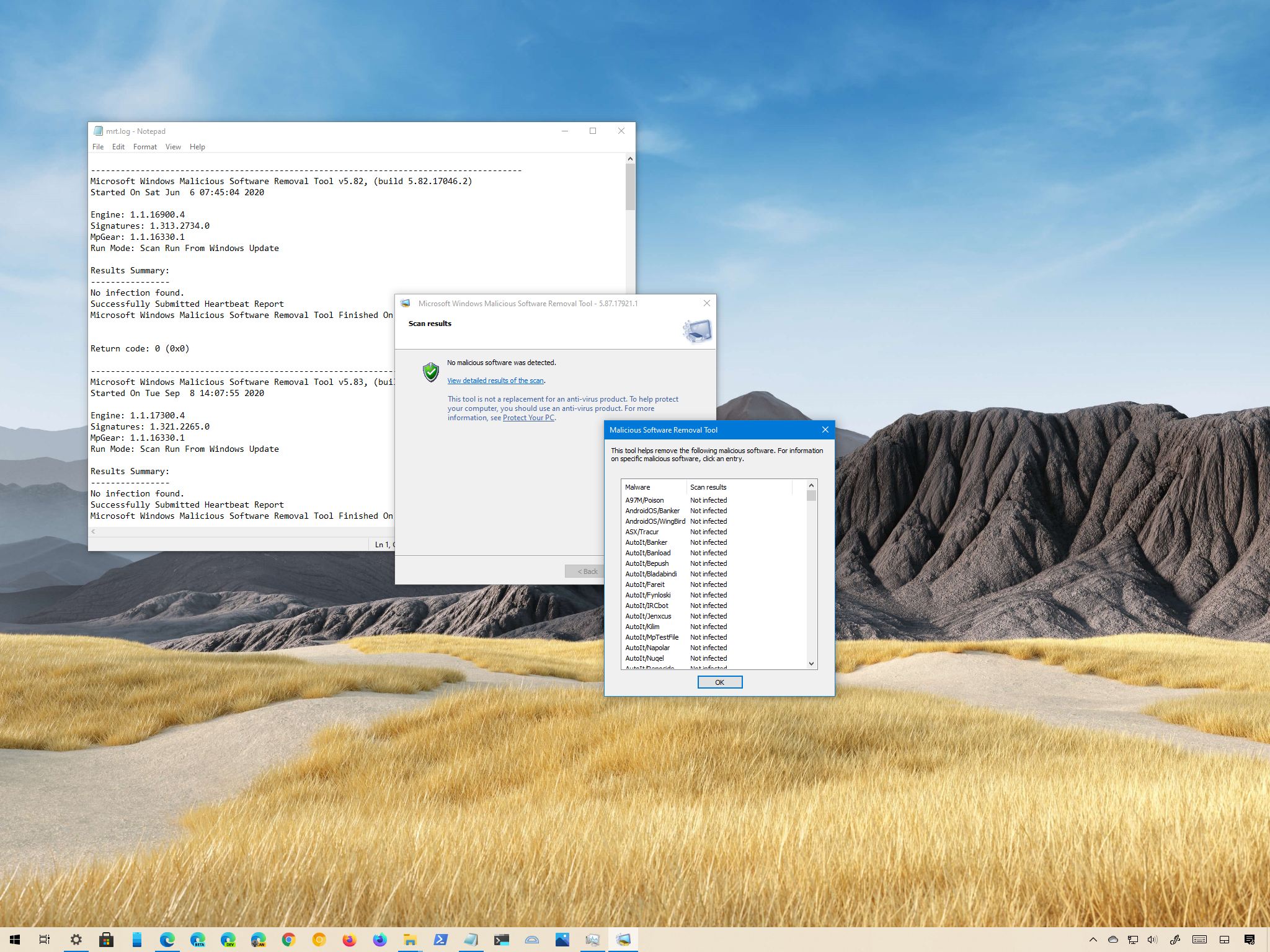

- #Malicious software removal tool for mac install
- #Malicious software removal tool for mac password
- #Malicious software removal tool for mac mac

In fact, the very first virus - or malware (malicious software) - was designed to infect Apple computers. Despite popular misconceptions that Macs don’t get viruses, the opposite is true.

#Malicious software removal tool for mac mac
Likewise, mrt is running somewhat resource intensive at the moment and simply moving the binary out of the MRT.app directory will effectively disable it for now if you’re one of the people impacted.To protect your system you need to check for and remove adware from your Mac regularly.īecause adware removal is no longer an option. through a file share).Īdditionally, I see people disable Gatekeeper frequently, which is done by disabling LSQuarantine directly: defaults write LSQuarantine -bool NO None of these allow for validating a file that has been brought into the computer otherwise (e.g. However, in my tests, codesign is used to manage signatures and sign, spctl only checks things with valid developer IDs and spctl checks items downloaded from the App Store. To sign a dmg: codesign -s MYSUPERSECRETIDENTITY mycooldmg.dmg To sign a package: productbuild -distribution mycoolpackage.dist -sign MYSUPERSECRETIDENTITY mycoolpackage.pkg On the flip side, you can search for the attribute set to : xattr -d -r ~/DownloadsĪnd to view the signature used on an app, use codesign: codesign -dv MyAwesome.app These include feature, authority, sequence, and object which contains hashes. schema to see the structure of tables, etc. When you allow an app via spctl the act of doing so is stored in a table in sudo sqlite3 /var/db/SystemPolicy To see a list of hashes that have been allowed: spctl -list But since users have to accept things as they come in through Gatekeeper, let’s look at what was allowed.
#Malicious software removal tool for mac install
And most malware is a numbers game. Get enough people to click on that phishing email about their iTunes account or install that Safari extension or whatever and you can start sending things from their computers to further the cause. Those are threats that APPLE has acknowledged. But XProtect protects against 247 file hashes that include about 90 variants of threats.
#Malicious software removal tool for mac password
So you might be saying “but a user would have had to a username and password for it to run.” And you would be correct. For a brief explanation of the json you see in those yara rules, see. What happens next is that the bad thing you’re scanning for will be checked to see if it matches a known hash from MRT or from /System/Library/CoreServices/XProtect.bundle/Contents/Resources/XProtect.yara and the file will be removed if so.Ī clean output will look like the following: Sudo /System/Library/CoreServices/MRT.app/Contents/MacOS/mrt -a -r ~/Library/LaunchAgents/ist So you can scan it using the following command: Let me assure you that nothing should ever start with that. For example, let’s say you run a launchctl command to list LaunchDaemons and LaunchAgents running:Īnd you see something that starts with com.abc. To use mrt, simply run the binary with a -a flag for agent and then a -r flag along with the path to run it against. It’s installed within the MRT.app bundle in /System/Library/CoreServices/MRT.app/Contents/MacOS/ and while it doesn’t currently have a lot that it can do – it does protect against the various bad stuff that is actually available for the Mac. MacOS now comes with a vulnerability scanner called mrt.


 0 kommentar(er)
0 kommentar(er)
